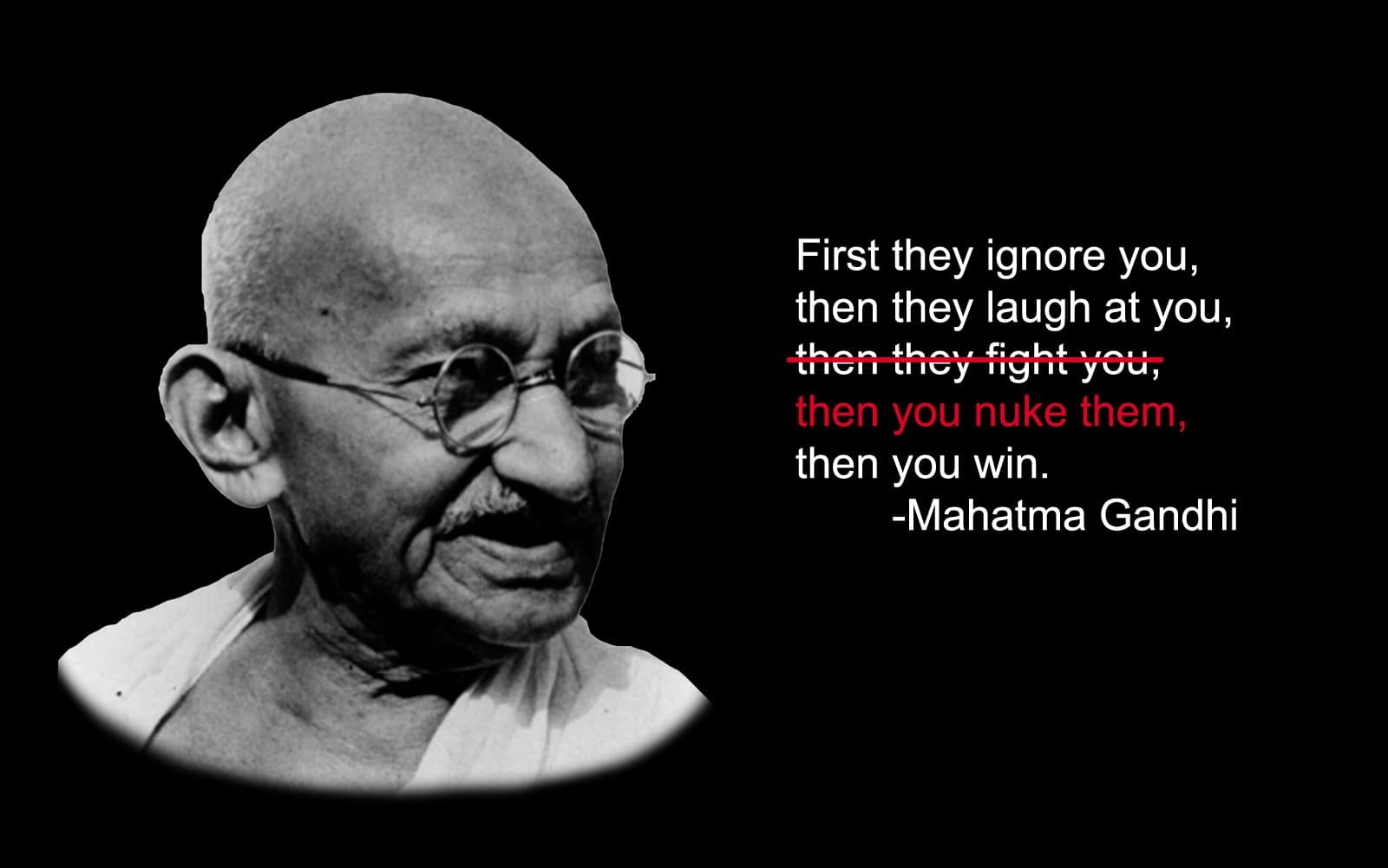Glitches have been around since the beginning of gaming. Even simple games, by today’s standards, like Pac-Man, have glitches that turn the game into a jumbled mess of letters. This is understandable, as making a video game is incredibly complex.
However, there’s no denying that some glitches are hilarious, game-breaking, scary, or a combination of all three. Today, we’re list the best glitches in video game history that will make you want to boot up the game and see it yourself.
Mario 64 – Backwards Long Jumps
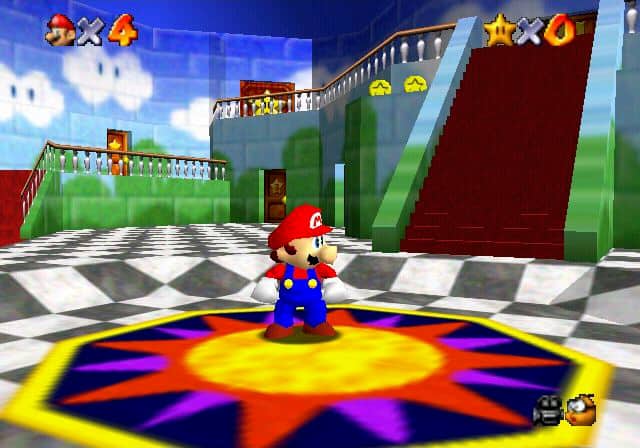
This glitch is most notable in the speedrunning community for Super Mario 64 due to its difficulty. By lining yourself up correctly in a specific area and performing a series of long jumps, Mario is sent flying backward at incredible speed.
While used to bypass multiple areas, the most famous use is bypassing the endless staircase. Anyone who has played Super Mario 64 remembers the first time they tried running up the stairs. After running for a few seconds, you realize how long the hallway is until you turn around and are right where you started.
Using the backward long jump glitch, players can fly up the stairs so fast that it breaks the illusion and enters Mario into the room. It’s easy to see why this glitch is used often in the speedrunning community, as every second counts.
World of Warcraft– The Corrupted Blood Incident
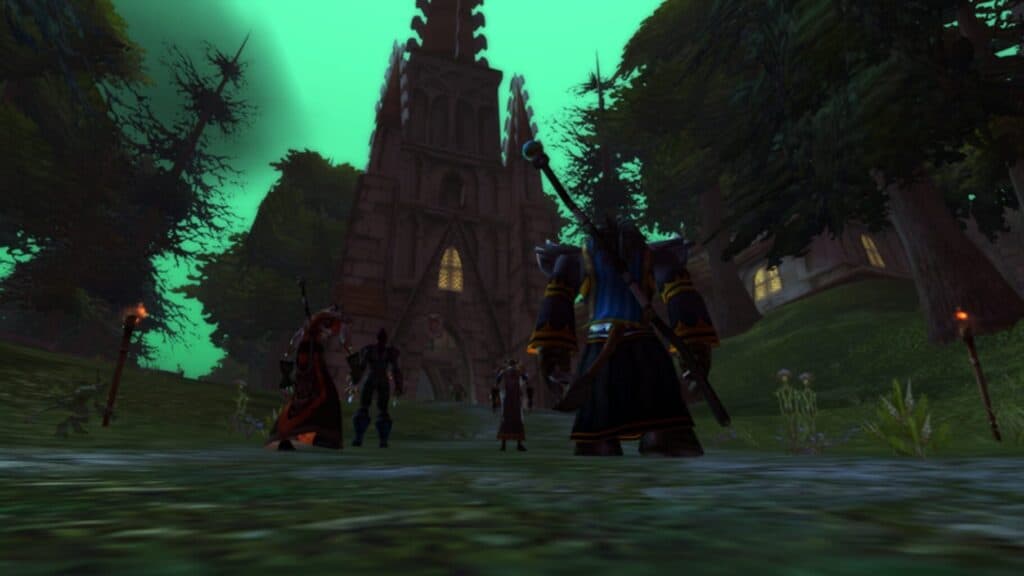
The Corrupted Blood incident is probably the most famous glitch on a large scale. The glitch is so infamous that it has its own Wikipedia page dedicated to its history and impact. For those unaware, in World of Warcraft, players can participate in raids that end with a final boss battle. During the Zul’Gurub raid, players encountered Hakkar the Soulflayer, who would cast a debuff, infecting players.
The debuff slowly drains the target’s health, which doesn’t sound too bad. Although annoying, the infection is manageable if not for the glitch. When casting the debuff, it doesn’t just affect the players; it also infects any pets. One key feature of the infection was that anyone near another player or pet with the disease also gets infected, spreading around the raid like a plague.
So, to combat the debuff, players dismiss their pets. They couldn’t take damage or spread it to other players if dismissed. Players were unaware that, due to a glitch, the pets keep the debuff even after the raid was over. I’m sure you can see where this is going.
After returning home from the raid and calling their pets back, the player and any other player in the area would get infected. If they happened to be in a capital city, it spreads like wildfire until the entire city was infected with the debuff, slowly killing everyone. The worst part was that NPCs can be infected but never die, causing a relapse of the disease.
Epidemiologists studied the incident to see how people would react in a pandemic—an eerie thought for what would occur 15 years later.
Heavy Rain – Shaun
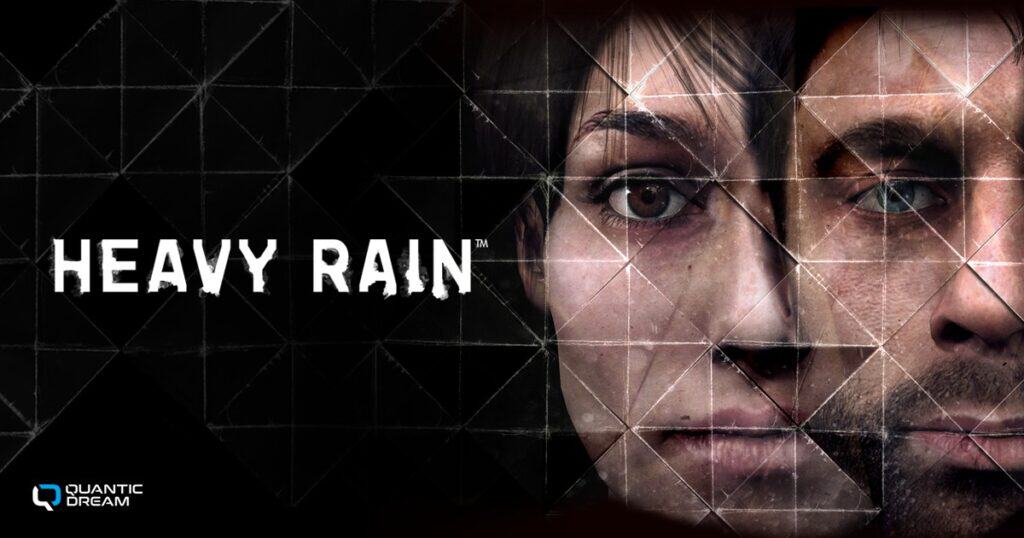
Heavy Rain is one of the most important video games ever created, maybe for the wrong reasons, but famous nevertheless. Today, players look back on interactive drama as being cheesy and campy. The story is full of plotholes, and it seems like a train wreck all around. But at the time, Heavy Rain was praised and universally loved by critics and fans. It won multiple industry awards and helped popularize interactive stories.
The Shaun glitch definitely doesn’t help its reputation, as it appears during the story’s climax. After discovering the serial killer’s identity, Ethan can shout Shaun’s name by pressing X. What’s supposed to be an emotional scene turns into a comedy routine as the glitch allows players to yell Shaun indefinitely.
As the scene plays out, Ethan screams “Shaun” at the top of his lungs by pressing X. No matter the action or if another person is speaking, yelling Shaun will continue to play out. The glitch is so famous that a joke was put inside Detroit: Become Human that says, “Press X to Alice.”
Civilization – Nuclear Gandhi
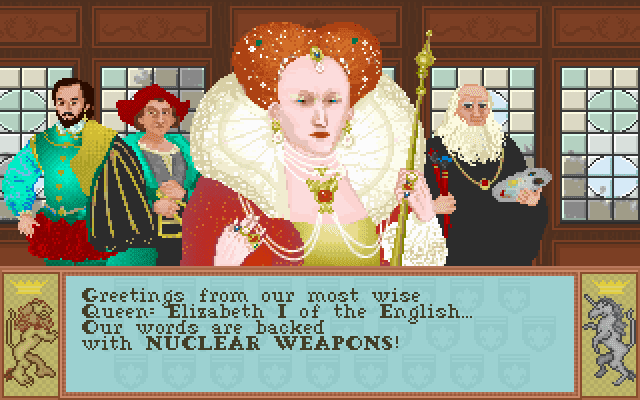
Nuclear Gandhi is a mysterious bug that some claim to be real while others, including the creator, say is impossible. The real-life Gandhi was a pacifist who found no productivity in the military. Gandhi had the lowest aggression rating in the first Civilization game created in 1991.
The glitch works because the aggression rating is based on a scale from 1-10; Gandhi had a 1. When the government turned into a democracy, the aggression rating would drop by 2 points. Because the aggression score would drop into the negatives due to integer overflow, Gandhi’s new aggression score would be 255. This led to India using nuclear missiles more frequently than any other nation, or as the name implies, it would turn Gandhi nuclear.
While still up for debate, the bug was turned into a feature in Civilization V as a joke where the game designer made Gandhi’s Nuke parameter to their highest values.
Mortal Kombat – Ermac
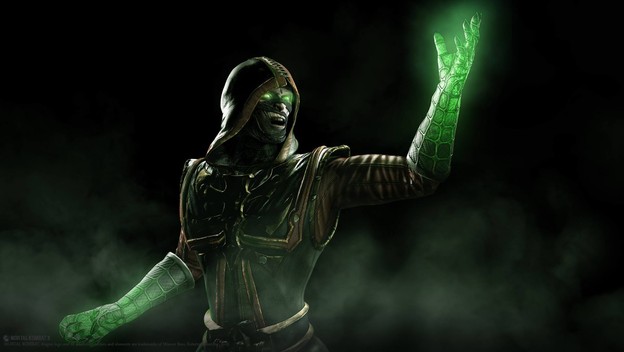
The rumor surrounding Ermac began when fans would get an error message or “ERMACS” on their screen. This was created to catch coding errors and was never meant to be seen by fans, but the rumors grew.
Fans and some magazines insisted that Ermac was an unlockable character, and no one had yet figured out how to get him. While these rumors were false and probably led to countless hours and quarters being spent, the developers were aware of its impact.
In Mortal Kombat II, the developers added a message stating, “ Ermac does not exist.” This drove fans to scavenge the game, trying to find a way to unlock the character. While impossible, as he did not exist then, the developers laughed with their joke. It wasn’t until Mortal Kombat III that players could play as Ermac when he was added to the roster.
Zelda II: The Adventure of Link – I Am Error
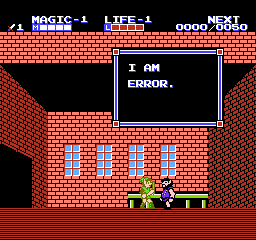
This one isn’t a glitch in the traditional sense and may have been an intended feature for the original game. While playing Zelda II: The Adventure of Link, players encounter an NPC who declares, “I Am Error.” At first, players thought that it truly was an error or that just maybe the NPC’s name was Error.
While looking at the Japanese game release, the NPC says, “My Name is Error,” which makes more sense in the language context. Players will also encounter another NPC that looks the same as Error, who says, “My name is Bug,” spelled “Bagu” in Japanese. Bagu means computer bug. So together, they appear as an inside joke in Japanese, having the NPCs named after bugs and errors.
During the English translation of the game, the translator missed the connection and named one character Error while the other remained Bagu. Therefore, the joke was lost, and English fans were left with the infamous “I Am Error” text.
Pool of Radiance – The Uninstallation Bug

Uninstalling a game should be a quick and simple process. You click a few buttons after locating the file, and just like that, it’s erased. Pool of Radiance – Ruins of Myth Drannor had a more interesting way of uninstalling. Before a patch release, players who would uninstall the game would have their entire computer system files wiped clean.
The glitch was so well known then that players who didn’t even play the game anymore would keep the game installed. Today, imagining that a game could wipe out your system is hard. To the first unfortunate players who found the glitch they must have thought the game was a virus that ruined their system.
